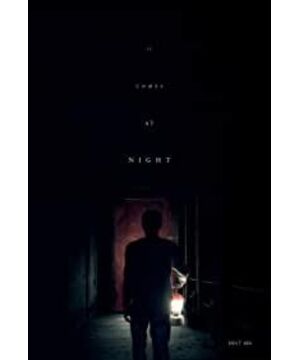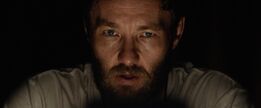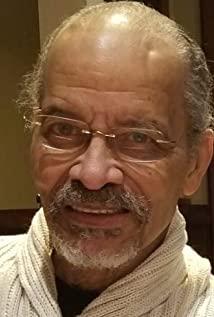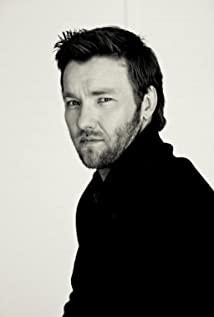By the end of the movie, after the heroes and heroines are infected, I still don’t know who the enemy is? Doomsday virus or monster? Or both? It is a real perspective, and in my opinion, it is more logical: from the perspective of a family whose information has been blocked from the beginning to the end, the real reaction after a sudden attack. The source of the horror can be imagined. There is no real conclusion. It is more fearful and confusing than solving the puzzle. Three and a half.
I saw someone who said that the two people who ambushed were Will’s father-in-law and brother. I don't think it is possible. If this is the case, after Paul took Will’s wife and children home, Will’s wife and son did not show a little "Where is Grandpa and Uncle?" or "They killed my dad and my brother. I want to hide and find Chance kills them" mood swings. This is unreasonable.
There is one detail, I haven't figured it out yet.
When narrating the plot, the screen size is normal; when Travis (the little black boy) is dreaming, the movie screen becomes flat. Although it is not obvious, it can be seen when looking forward and backward on the computer. In other words, the director set a switch to distinguish between dreaming and reality. In his dream, the little black boy either saw his grandfather or he vomited blood and saw a horror scene.
I understand this.
What I didn't figure out was that at the end of the movie, Paul and his wife took a gun and asked Will to open the door, but then Will took the gun. When I went down the stairs, the screen slowly flattened. What does it mean here?
Why is it slowly becoming flat? Is there a process of change?
Is it the process of gradually turning reality into a dream?
Or is it a dream at the end?
Or does the director mean that life has gradually entered a nightmare since he did something against his conscience?
Or maybe, that black boy has some kind of supernatural ability that caused the final situation?
View more about It Comes at Night reviews











